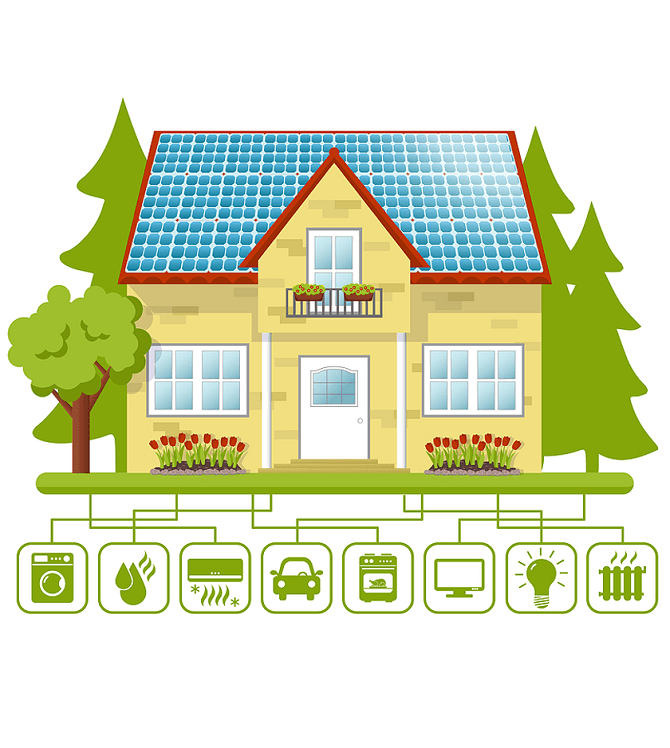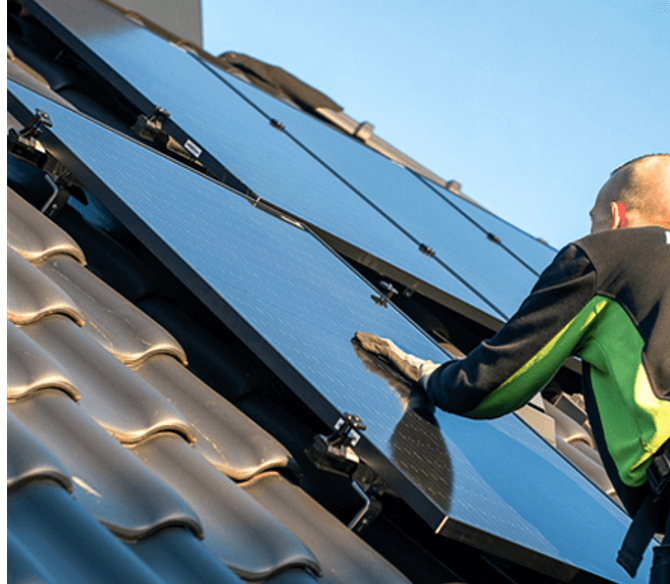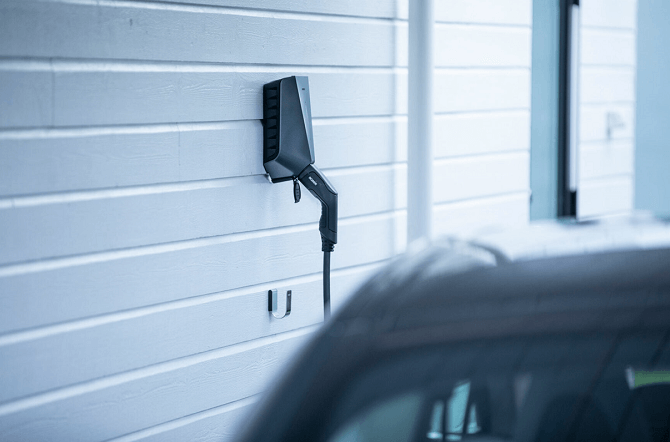Meet Part L Building Regulations: An uplift in the Part L building regulations from June 2022 aims to deliver a 31% improvement on current Part L sustainability and energy efficiency standards. This will be achieved through low-carbon heating, increased fabric specification and the adoption of renewable energy sources. Solar PV is widely acknowledged to be the most efficient way to achieve compliance, both with the Part L Uplift in 2022 and the forthcoming Future Homes Standard expected in 2025.
Reduced running costs: As we move towards a Net Zero UK, homes will be heavily dependent on electricity supply as their source of energy. Introducing other technologies such as heat pumps and EV chargers will further increase electricity consumption. Solar PV has the potential to offset some of these costs, especially combined with a battery storage solution and EV chargers. Users can also make use of the Smart Export Guarantee, in which system owners are paid for the electricity they export back to the grid.
Low Maintenance: On average, solar PV systems can last around 25 years. It is recommended that an annual service is conducted to ensure everything is working as it should. Panels should be cleaned to remove debris, which will ensure they’re performing to their full potential and prolong the life of the system. Solar inverters typically have a warranty of 5 -10 years, so inverter replacements may need to be considered.
Ease of installation: Solar PV installations are relatively straightforward. After an assessment of the property’s energy requirements and roof space available, a PV proposal can be generated which will demonstrate annual yield. A site survey will enable a contractor to choose relevant fixings, ensure the proposed PV system will fit on the roof space available, and establish how the PV system will be connected to the consumer unit. They can make relevant applications to the local grid (if required), consider scaffolding requirements, and then get started.
Increased saleability: Installing solar panels has been shown to increase the value of properties. Data showed a solar PV system can increase property value by £1800 plus £330 per year in reduced running costs.


